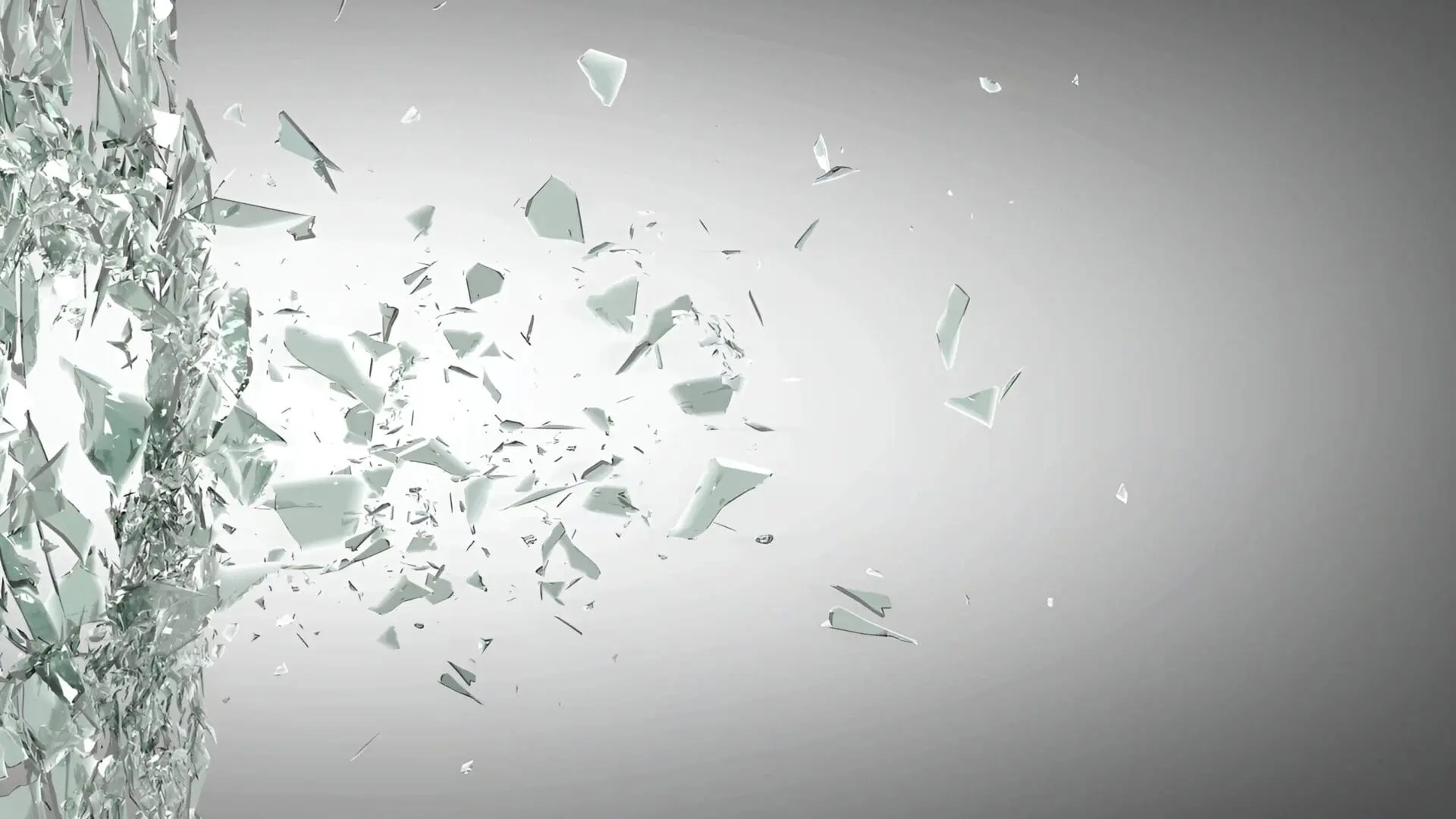
Understanding Trauma Responses: Why You React the Way You Do
Trauma can leave a profound imprint on our minds and bodies, shaping how we react to the world around us. If you’ve ever felt like your reactions to certain situations are “too much” or “out of your control,” it’s important to know that these responses are not a sign of weakness or failure. They’re your body’s way of trying to keep you safe.
As a therapist, I often work with individuals to understand their trauma responses and how these patterns, while initially protective, can sometimes become barriers to living fully. Let’s explore what trauma responses are, why they happen, and how you can begin to heal.
What Are Trauma Responses?
Trauma responses are automatic, subconscious reactions to perceived danger. They are part of the body’s survival system, designed to protect you in threatening situations. These responses are rooted in the brain’s limbic system, particularly the amygdala, which acts as an alarm system.
When your brain detects danger—whether real or perceived—it activates a survival response to keep you safe. For many people who have experienced trauma, this alarm system can remain on high alert, even when the threat has passed.
The Four Types of Trauma Responses
- Fight
- Response: Confrontation or aggression to eliminate the perceived threat.
- Examples: Anger, irritability, controlling behaviors, or physical aggression.
- Why It Happens: You feel the need to defend yourself or establish control.
2. Flight
- Response: Escaping or avoiding the perceived danger.
- Examples: Overworking, perfectionism, avoiding conflict, or physically leaving situations.
- Why It Happens: You believe safety lies in removing yourself from the situation.
3. Freeze
- Response: Immobilization or dissociation when faced with danger.
- Examples: Feeling stuck, dissociation, zoning out, or difficulty making decisions.
- Why It Happens: Your brain perceives that neither fighting nor fleeing is possible, so it shuts down to survive.
4. Fawn
- Response: Appeasing others to avoid conflict or harm.
- Examples: People-pleasing, neglecting your own needs, or being overly accommodating.
- Why It Happens: You’ve learned that safety comes from keeping others happy.
Why Trauma Responses Persist
After trauma, your brain and body may remain in a heightened state of alertness, constantly scanning for potential danger. This can make everyday situations feel threatening, even when they aren’t. Over time, these responses become ingrained patterns that may be hard to change without support.
Signs You Might Be Experiencing Trauma Responses
- Feeling hypervigilant or easily startled.
- Avoiding situations, people, or places that remind you of past trauma.
- Emotional numbness or difficulty connecting with others.
- Frequent anger, irritability, or outbursts.
- Chronic fatigue, headaches, or other physical symptoms of stress.
Healing From Trauma Responses
The good news is that trauma responses can be unlearned, and healing is possible. Here are some steps to help you begin the journey:
- Increase Awareness
- Start noticing patterns in your reactions. Are there certain triggers that activate your fight, flight, freeze, or fawn response?
- Practice Grounding Techniques
- Techniques like deep breathing, progressive muscle relaxation, or mindfulness can help calm your nervous system and bring you back to the present.
- Reframe Your Responses
- Recognize that your trauma responses are not weaknesses but adaptations your body made to survive.
- Build Coping Skills
- Learning skills like boundary-setting, emotional regulation, and self-compassion can help you navigate triggers more effectively.
- Seek Support
- Trauma is challenging to heal alone. Working with a therapist trained in trauma-focused modalities, like Brainspotting, EMDR, or somatic therapy, can help you process and release the past.
A Compassionate Path Forward
Your trauma responses are not your fault—they are evidence of a brain and body that did their best to protect you in difficult circumstances. Healing doesn’t mean erasing the past but learning how to live with greater peace, balance, and self-compassion.
As a therapist, I am here to support you in this journey. Together, we can explore the roots of your trauma, gently work through it, and help you build a life where your responses no longer control you.
You deserve healing, safety, and the freedom to live without fear of your past.
Healing is possible—and you don’t have to do it alone.

